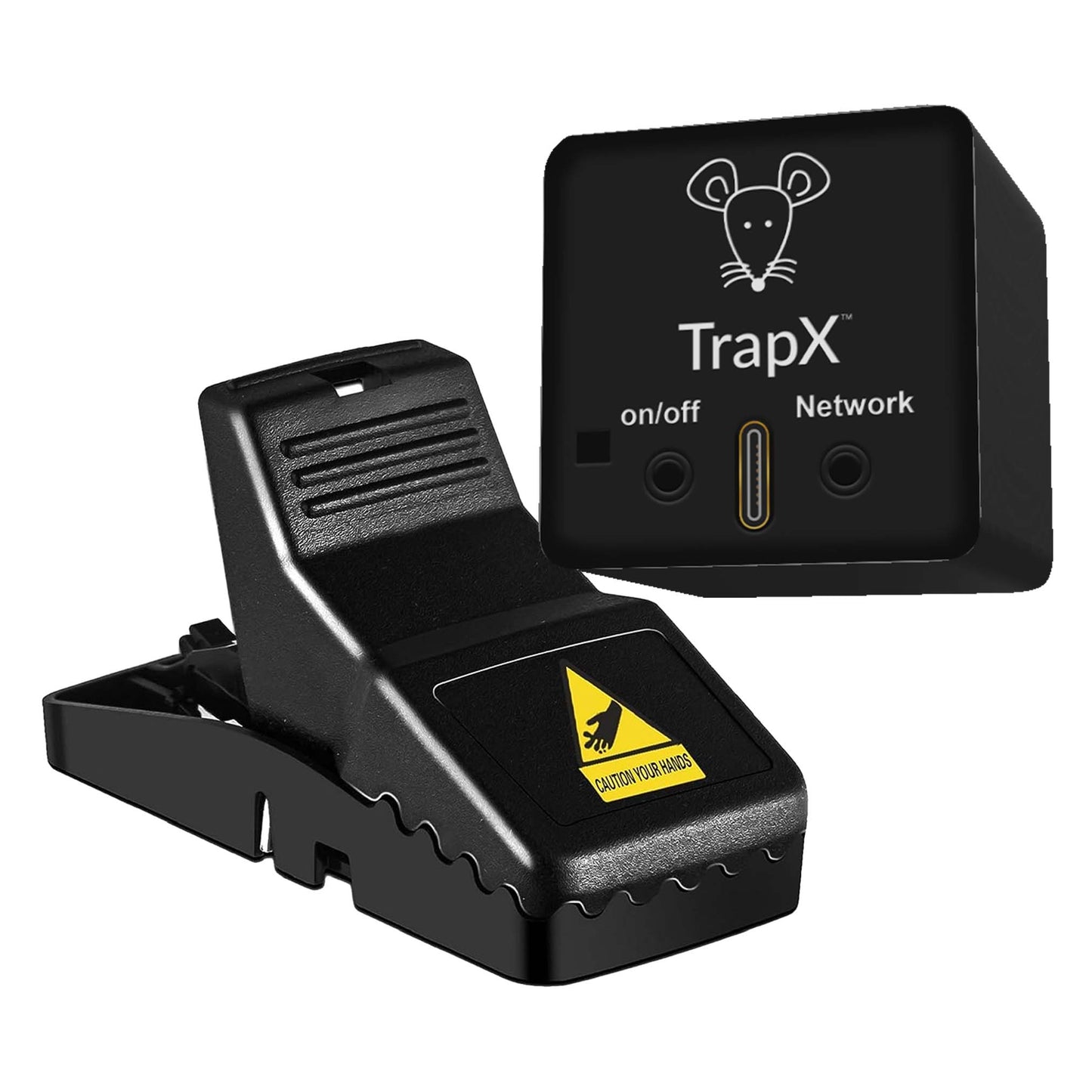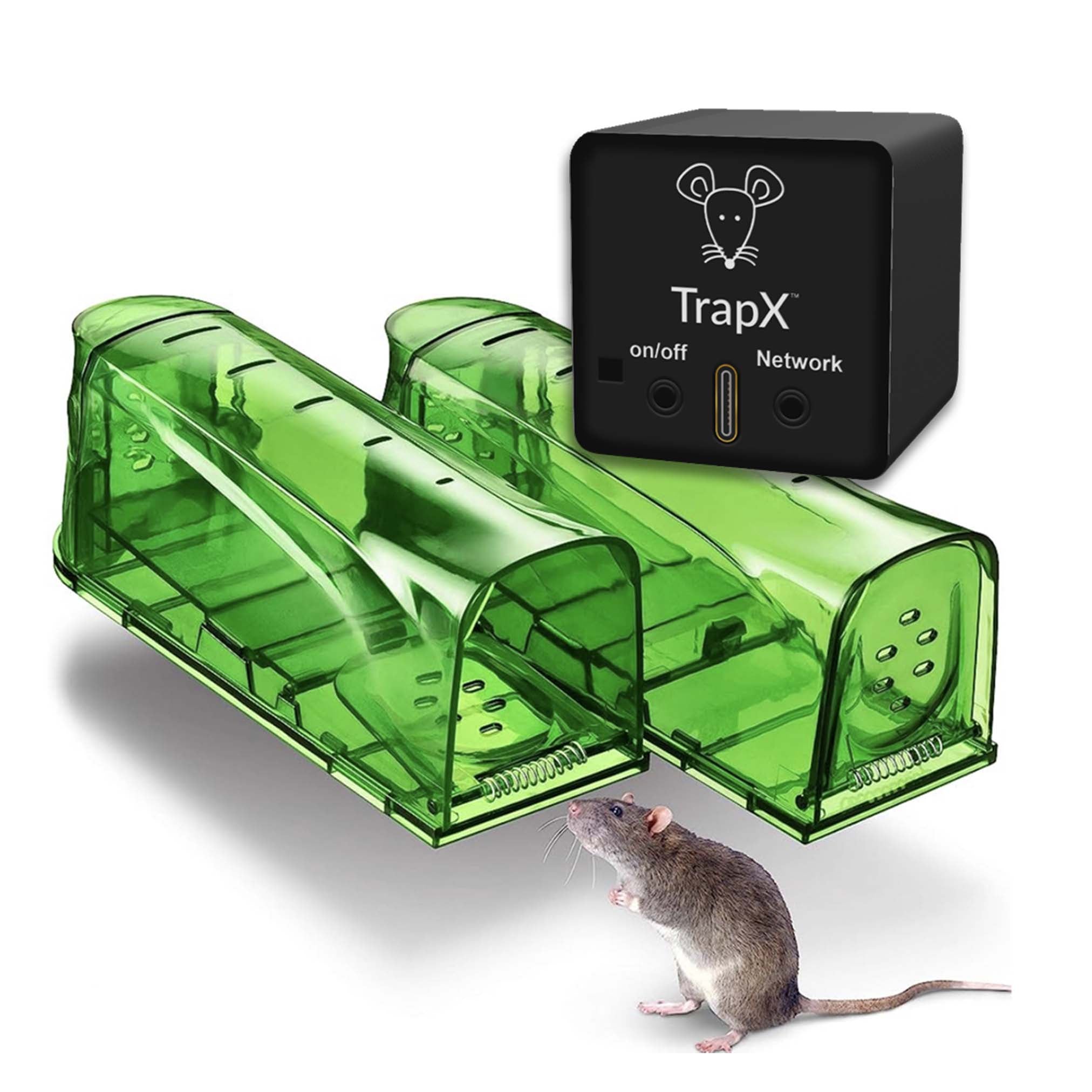Are you looking for a fun and educational project that combines engineering and creativity? Look no further than the world of mouse trap car designs! In this comprehensive guide, we will explore the fascinating world of mouse trap car design, from the basics of how they work to the most innovative and efficient designs. Whether you are a student looking for a science fair project or simply a curious hobbyist, this guide will provide you with all the information you need to create the best mouse trap car design.

What is a Mouse Trap Car?
Before we dive into the details of designing the best mouse trap car, let's first understand what exactly a mouse trap car is. A mouse trap car is a small vehicle powered by the energy stored in a mouse trap. The energy is transferred to the wheels of the car, propelling it forward. These cars are often used for educational purposes, teaching students about basic physics concepts such as force, motion, and energy transfer. They are also a popular DIY project for hobbyists who enjoy tinkering and experimenting with different designs.

The Basics of Mouse Trap Car Design
When it comes to designing a mouse trap car, there are a few basic principles that you need to keep in mind. These include:
- Weight Distribution: The weight of the car should be distributed evenly to ensure stability and efficient energy transfer.
- Friction: Minimizing friction between the car and the surface it moves on is crucial for maximizing speed and distance.
- Axle Placement: The placement of the axles determines the car's stability and maneuverability.
- Wheel Design: The design of the wheels affects the car's speed, traction, and overall performance.

The Most Efficient Mouse Trap Car Designs
Now that we have covered the basics, let's explore some of the most efficient mouse trap car designs. These designs have been tested and proven to maximize speed, distance, and overall performance:
- The Lever Arm Design: This design utilizes a long lever arm to transfer the energy from the mouse trap to the wheels. The longer the lever arm, the greater the distance the car can travel.
- The Rubber Band-Powered Design: Instead of relying solely on the energy stored in a mouse trap, this design incorporates rubber bands to provide additional propulsion. The tension in the rubber bands is released when the mouse trap is triggered, propelling the car forward.
- The Aerodynamic Design: By reducing air resistance, an aerodynamic design can significantly increase the speed and distance of a mouse trap car. This design often incorporates a streamlined body and wheels.
Tips for Designing the Best Mouse Trap Car
Now that you have an understanding of the basics and some efficient designs, here are a few tips to help you design the best mouse trap car:
- Experiment and Iterate: Don't be afraid to try different designs and make adjustments along the way. The process of designing a mouse trap car is all about experimentation and learning from your mistakes.
- Consider the Surface: The surface on which your mouse trap car will be moving can have a significant impact on its performance. Consider the surface's texture and incline when designing your car.
- Use Lightweight Materials: Minimizing the weight of your car can help improve its speed and distance. Consider using lightweight materials such as balsa wood or plastic.
- Test and Measure: Once you have built your mouse trap car, test it multiple times and measure its speed and distance. This will help you identify any areas for improvement.
Conclusion
Designing a mouse trap car is a fun and educational project that can teach you about the principles of physics and engineering. By understanding the basics and exploring efficient designs, you can create a mouse trap car that is not only visually appealing but also performs exceptionally well. Remember to experiment, iterate, and have fun along the way. Happy designing!
Feb24.chat.1pass.general public.best mouse trap car designAs an Amazon Associate, I earn from qualifying purchases.





